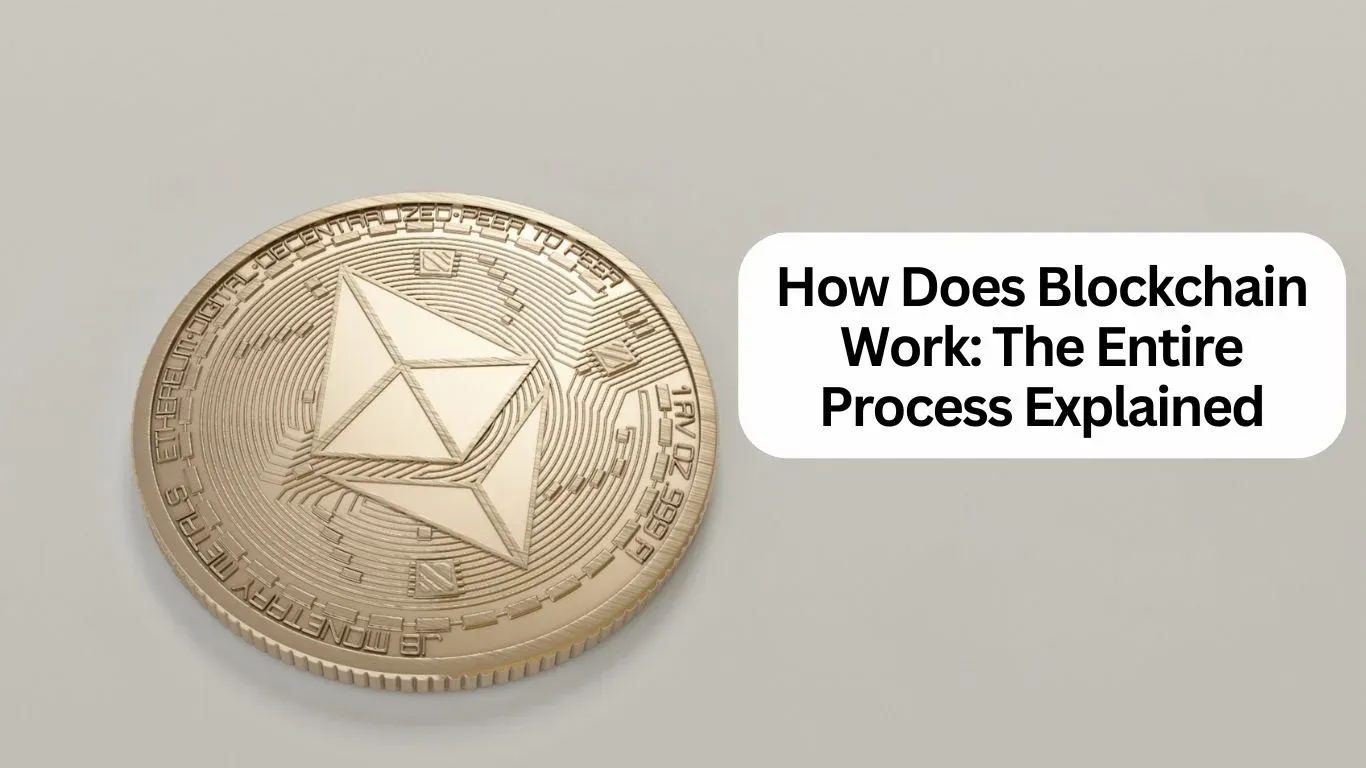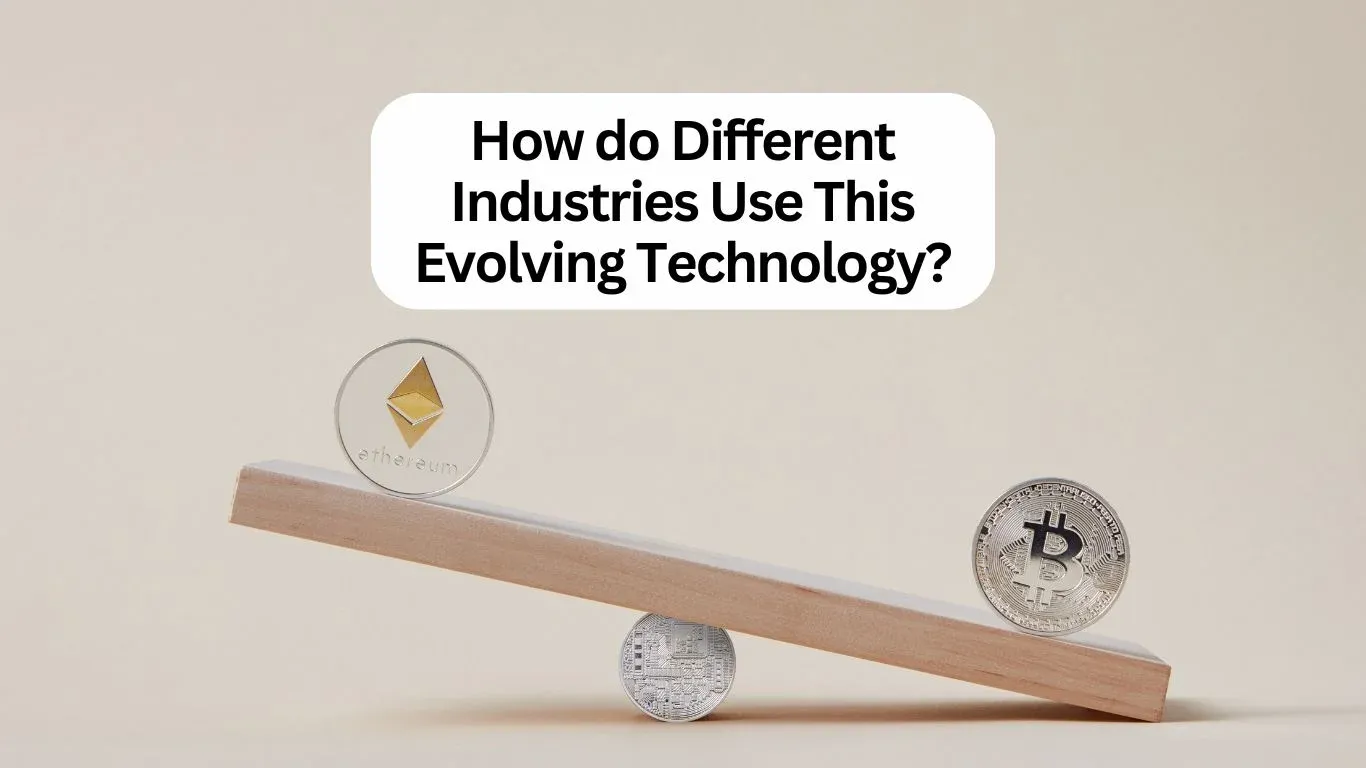How Does Blockchain Work: Advantages And Uses Explained
Updated: 1 May 2025, 11:54 am IST
Envision a digital ledger that's transparent, safe, unalterable and tamper-proof—welcome to blockchain technology! This groundbreaking database mechanism preserves information in blocks interconnected in a chain format, streamlines business operations, and hinders unauthorized transactions.
Sounds interesting? Learn how does blockchain work. Dive into the blog and explore its advantages, real-world applications, and why it is considered revolutionary technology for industries worldwide.
Get Complete Details From Expert
What is Blockchain: Defining the Technology
Blockchain framework is a revolutionizing process of recording and handling information and managing operations. It is a Distributed Ledger Technology shared over a computer network that ensures secure transactions without engaging intermediaries.
This technology uses a structure to preserve transactional information accurately, known as the block, in a network interconnected via distributed decentralized nodes. Typically, this framework is considered a ‘digital ledger.’
Each transaction using this ledger is authorized by the owner's digital signature, which ensures authenticity and protects the whole process from tampering. As a result, businesses across various sectors are adopting this digital ledger to ensure high data security.
How Does Blockchain Work: The Entire Process Explained

The underlying blockchain procedure of making transactions smooth and secure is complex. However, here is a brief overview to let you know about the entire process. Blockchain tools automate most of these steps:
Step 1 – Record the Transaction
In this step, this digital ledger records the transaction, tracks every movement of digital assets and stores the data in the blockchain network. This information includes details:
- The person involved in the transaction
- The scenarios that happened during that particular transaction
- Time of the transaction
- Place of the transaction
- The prime reason behind the transaction
- Amount of assets exchanged
- Number of pre-conditions met during the transaction
Step 2 – Acquire Consensus
The majority of users who use the distributed blockchain network agree on the validity of recorded data. However, the rules of smart contracts can vary based on network type.
Step 3 – Link the Blocks
Once the users agree, the database writes transactions into blocks in the blockchain platform which is similar to the pages of a physical ledger book. In addition, it attaches a cryptographic hash to the new block.
At this point, the hash performs as a chain, helping link the blocks all together. The value of hash changes if the block intentionally or unintentionally gets modified, that is when the network detects fraud or data tampering.
The blocks and chains in blockchain technology are connected through peer-to-peer nodes, ensuring that third parties cannot edit them. Each node verifies the previous block and therefore the entire blockchain.
Step 4 – Share the Virtual Ledger
The system network distributes a copy of the digital ledger to all users involved in the transaction.
Why is Blockchain Popular: The Reasons Behind It
Blockchain, an emerging technology, is gaining popularity in the digital world due to various reasons. They are:
Capability in Providing High Security
This digital ledger uses a significant feature - digital signature to make transactions fraud-free. With blockchain, it is difficult for other users to corrupt or alter an individual's data without permission.
Distributed Decentralized System
Traditional methods of transactions need the approval of regulatory bodies such as the government or banks. On the contrary, transactions using blockchain technology are performed under mutual agreement among users, resulting in more seamless, secure and efficient transactions.
Capability of Making Payments Automatic
In this era of automation, this technology promotes automated processes, generating systematic actions, events, and payments when the criteria are met.
How do Different Industries Use This Evolving Technology?

Blockchain is a rapidly growing technology, adopted by various industries due to its transparency, security, and decentralised nature. Here, are some applications of this technology in diverse industries:
Energy
Companies that work with energy are embracing blockchain technology wholeheartedly to create secure trading platforms and streamline operations. Energy companies with Blockchain-based solutions are creating a unique trading platform to sell electricity between individuals.
This way, any homeowners with solar panels can easily sell their excess energy to others using this platform. Since the whole system runs using automation, the overall process is not daunting.
Finance
Traditional money management bodies, like governments, banks and stock exchanges, are adopting blockchain technology into their system. It helps streamline online payments, record information-related accounts, and market trading.
A good example of using blockchain in the finance sector is Singapore Exchange Limited. This investment holding company has integrated blockchain technology into their system to develop a more efficient payment procedure. By understanding “how does blockchain work", they have successfully dealt with several challenges and reduced an enormous amount of cost.
Media and Entertainment
Organizations representing the media and entertainment industry use decentralized distributed ledger technology to manage copyrights. These industries need to face copyright issues and ensure fair remuneration for artists. So, they use this evolving technology to combat this challenge.
A significant example is Sony Music Entertainment Japan. They have several blockchain developers to make the entire process more efficient. They use smart strategies for digital rights management, enhance productivity and lower copyright processing costs.
Retail Sector
Companies in the retail sector utilize blockchain to ensure better tracing of products between suppliers and consumers. Here, the most notable example is Amazon retail which uses blockchain open source tools to verify the authenticity of all products.
Amazon sellers can manage their supply chains by enabling registered participants - couriers, manufacturers, end users, distributors, and secondary users- to insert information into the ledger via a certificate authority.
Take the next step in your career ?
Final Words
So, the question “How does blockchain work" must be clear after going through the entire blog. It is a ground-breaking mechanism that is transforming industries worldwide by providing security, transparency, and efficiency. As adoption grows, its application will only increase. Are you ready to seize this opportunity? Wish to unlock prosperous career opportunities?
If yes, partner with Amity University Online! Our certified, international faculties and well-structured curriculums can make the learning journey super-excited. We use AI-driven technology for online learning and offer valuable placement opportunities. Simply visit our website and apply for an online MCA in Blockchain with us!

